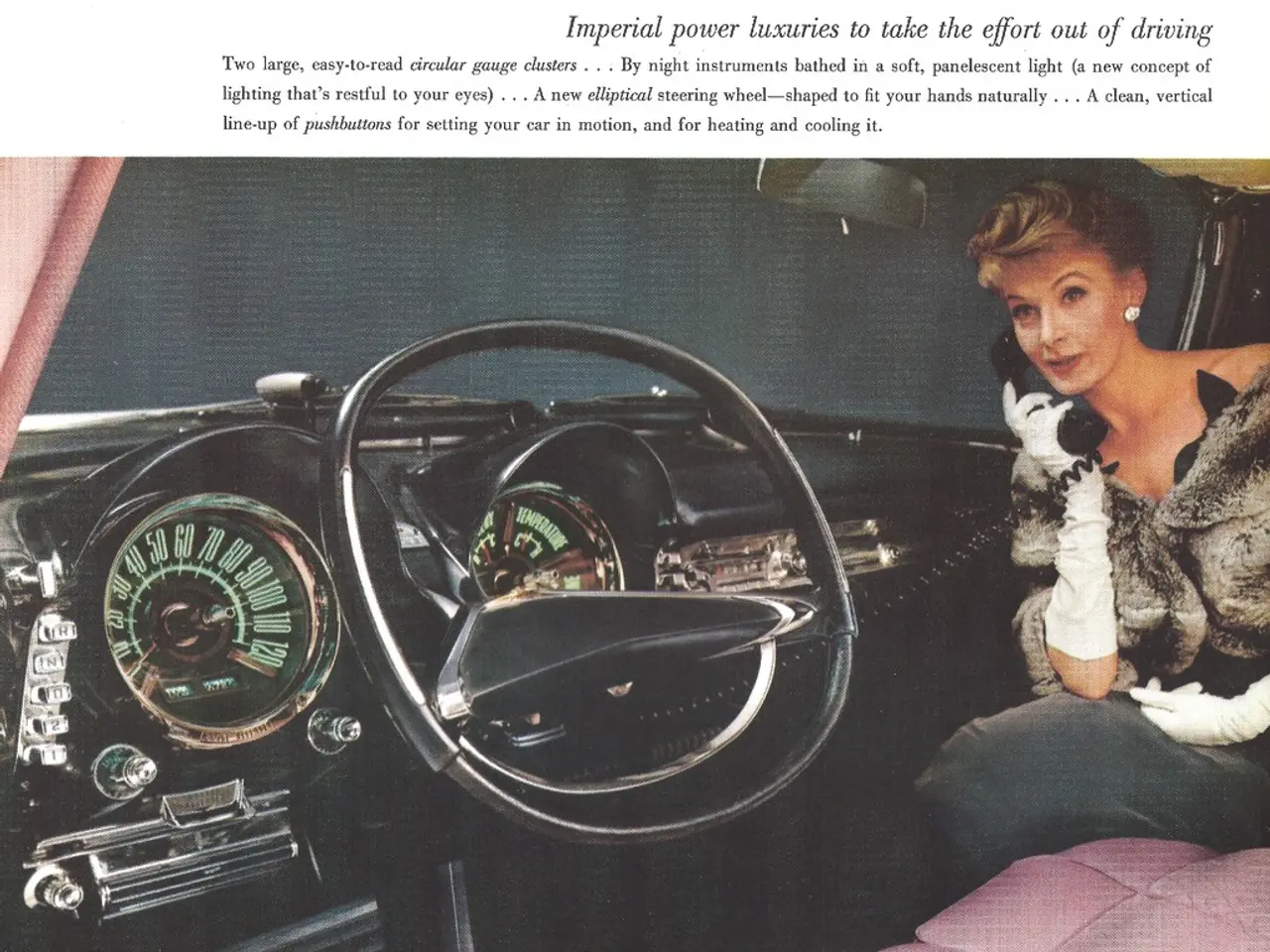Top Canadian Clock Manufacturers Active in the 1950s Decade
In the heart of Canada, a rich history of clock-making unfolded, with ten notable companies leaving an indelible mark on the industry. These companies, namely Breslin Industries, Ingraham Canadian Clock Company, Westclox Canada, Seth Thomas Clocks, New Haven Clock Company, Forestville Clock Company, Canadian Neon-Ray Clock Company, Canadian General Electric, Snider Clock Manufacturing Company Limited, and Walter Clocks, played significant roles in shaping the Canadian clock landscape from the early 1900s to the mid-1900s.
However, a closer look at the current market reveals that most of these companies are no longer operational. The Pequegnat Clock Company, one of Canada's premier clock manufacturers, ceased production in 1941, serving as a testament to the challenges historic Canadian clock companies have faced in maintaining long-term success.
Many of these companies were once American brands with Canadian operations, but industry consolidation and offshoring led to the cessation of Canadian manufacturing for these brands decades ago. Canadian General Electric and Canadian Neon-Ray Clock Company, historically industrial or appliance-related companies, no longer have known active clock manufacturing.
There is no record or news about the revival or ongoing operations of Breslin Industries, Snider Clock Manufacturing, or Walter Clocks in the contemporary Canadian clock market. The Pequegnat Clock Company, founded by Arthur Pequegnat, was based in Toronto and manufactured both movements and cases, but it has been over 75 years since the company went out of business.
The Pequegnat Clock Company, although not well-known internationally, holds a significant place in Canada's heart. The company's clocks are respected as a testament to quality craftsmanship, even today. Similarly, the Ingraham Canadian Clock Company, based in Toronto, made wall and alarm clocks for the Canadian market from the late 1940s until at least 1980. Breslin Industries of Toronto produced clocks with horses as the typical 1950s theme and used Ingraham type wind-up movements.
Seth Thomas Clocks, based in Peterborough, Ontario, produced mantel, alarm, and wall clocks for the Canadian market from 1931 to the mid-1980s. Westclox Canada, also based in Peterborough, was known for its Big Ben and Baby Ben windup and electric alarm clocks made between 1920 and the early 1980s. Forestville Clock Company, based in Toronto, sourced movements from England, France, and Germany.
The Canadian Neon-Ray Clock Company produced Bulb Illuminated advertising clocks for various companies in Montreal from about 1942 to the mid-1960s. Walter Clocks, also based in Toronto, produced mantel clocks from the mid to the late 1930s before WWII, and after WWII until the late 1950s.
The legacy of these companies lives on, albeit in a different form. The Canadian Clock Museum, located at 60 James Street, Deep River, Ontario, serves as a testament to Canada's rich clock-making history. The museum is operated by curator Allan Symons and houses a collection of clocks from various Canadian manufacturers, including the Pequegnat Clock Company and Ingraham Canadian Clock Company.
In today's market environment, standalone traditional clock manufacturing in Canada is rare and challenged by global competition, technology changes, and scale. Any survival would likely require specialization in niche, high-quality, or artisanal clocks rather than mass production, leveraging Canadian heritage branding or innovation, and significant investment or entry into luxury or collector markets. However, without active brands or operations currently, these historic names would require major revival efforts or acquisition/licensing to re-enter the market.
In summary, none of the mentioned ten Canadian clock companies appear operational today, and their survival would depend on substantial restructuring or reinvention in the current competitive environment. The Canadian Clock Museum, however, stands as a testament to the country's rich clock-making history, providing a glimpse into a bygone era of craftsmanship and innovation.
- Vintage clocks from companies like Breslin Industries, Snider Clock Manufacturing, and Walter Clocks, though no longer in operation, continue to be sought after by clock enthusiasts, fitting well into a lifestyle that appreciates home-and-garden décor and gadgets with a historical touch.
- In the home-and-garden sector, certain gadgets and technology still thrive, such as wall clocks and mantel clocks, and some of these items can be found manufactured by companies with roots in Canada's rich clock-making history.
- Technology and global competition have pushed traditional clock manufacturing to the edges in Canada, but niche, high-quality, or artisanal clocks may hold a promising future for those willing to specialize and tap into the Canadian heritage market.
- For those who appreciate the craftsmanship and innovation of Canada's past clock-making companies, visiting the Canadian Clock Museum in Deep River, Ontario, offers a unique experience, immersing them in a lifestyle that values the preservation of history and beauty.




